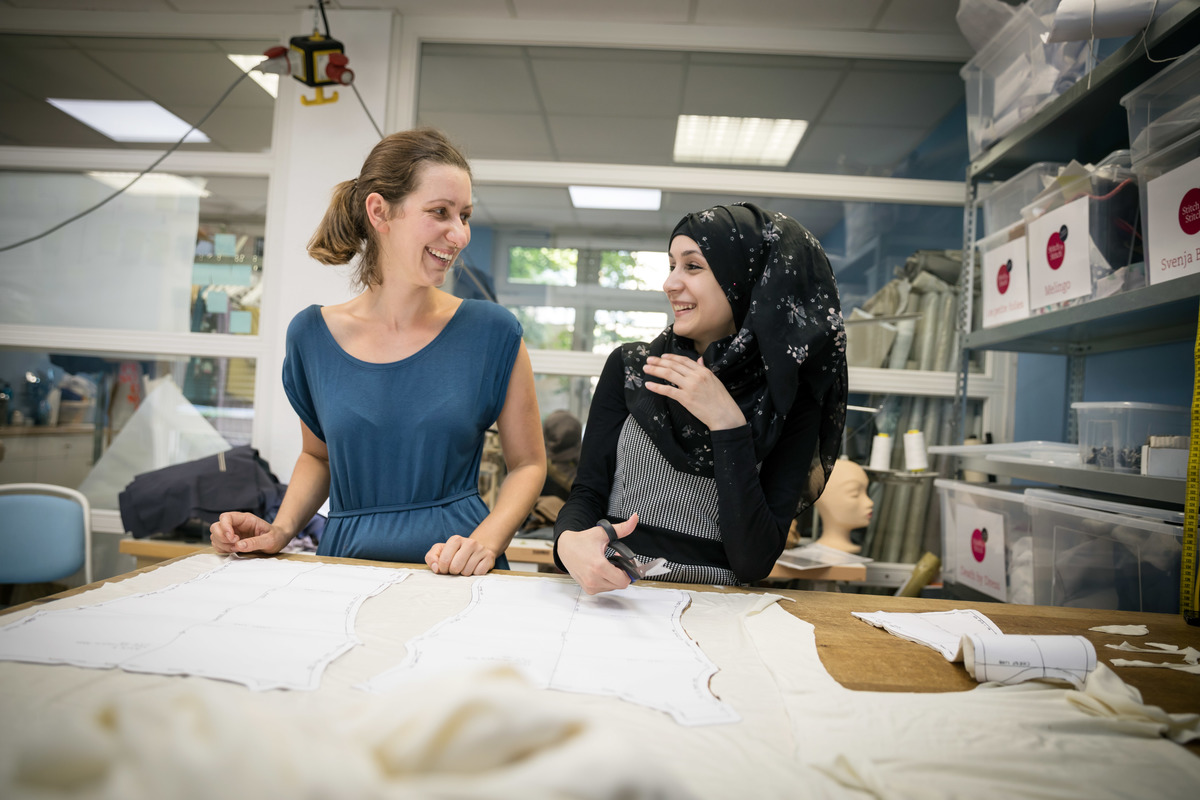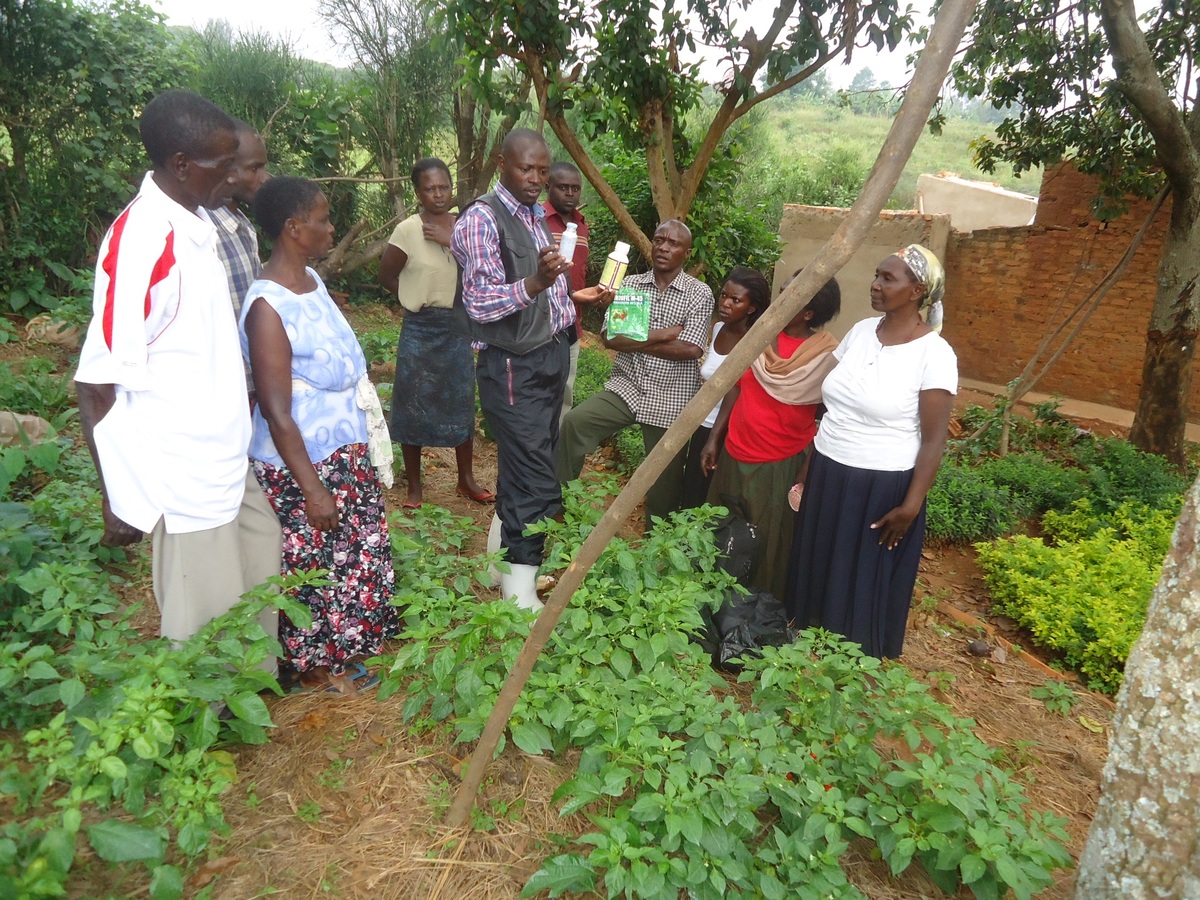UNHCR supports project to help displaced Colombians in Medellin
UNHCR supports project to help displaced Colombians in Medellin

GRANIZAL, Colombia, April 10 (UNHCR) - Isabel* thinks she's finally found a place where she can rebuild her life, seven years after fleeing her home and moving from one location to another in search of safety.
Her long journey has taken her from the Pacific port of Tumaco in the deep south-west to a deprived district in the sprawling northern city of Medellin, one of almost 4 million Colombians displaced within their own country by violence or persecution. She left because of the increasing violence and concern that her two children could be forcibly recruited by illegal armed groups.
"I was displaced several times before getting here and now I want to stay. I want to ensure an education for my children and find a job for myself," Isabel, who is in her 40s, said during a recent visit to the Granizal neighbourhood by UN Deputy High Commissioner for Refugees T. Alexander Aleinikoff. Isabel said her husband had been killed, but it was too painful to talk about.
She is one of many female heads of household living in Granizal, which has been a refuge for internally displaced people (IDP) for almost 40 years. The UN refugee agency is supporting initiatives to help the residents in areas such as shelter, land, basic services and self sufficiency.
Granizal is located in a suburb of Medellin called Bello and the authorities there say that about 90 per cent of the 18,000 displaced people in Granizal have had to flee their homes more than once. The people here also come from all parts of Colombia, giving an indication of the scale of the problem.
As of March this year, there were more than 256,000 IDPs living in Medellin and its suburbs, such as Bello, where Granizal is located, according to government figures. Medellin also has the highest rate of intra-urban displacement in Colombia. This movement between neighbourhoods results from continuing struggles for power between illegal armed groups in the city.
Isabel, like her displaced neighbours, is a squatter, living on land that she has no legal title to. Most homes are made up of a wooden frame with plastic or zinc sheeting for a roof. It's not a comfortable existence, but they feel safer here than in their places of origin.
A group of about 50 people, including Isabel and some other female heads of household, met Aleinikoff during his visit to Medellin and told him of their conditions and concerns. "What we need is drinkable water, a school for our children, electricity, roads and a health centre," she told the Deputy High Commissioner. "We single mothers, we [generally] have many children to take care of," she added.
Others told of the problems they encountered on a regular basis, in many cases because they had lost vital documentation when fleeing from their homes. They asked Aleinikoff for UNHCR's support in helping them rebuild their lives in safety and for help in getting access to services.
He stressed UNHCR's commitment to helping IDPs in urban settings. UNHCR, working with the UN Development Programme (UNDP) and the Colombian government, is taking part in a transitional solution initiatives project in Granizal. This is aimed at giving technical and legal assistance to the IDPs on land and property issues, providing technical and financial support for housing construction, and encouraging projects to promote food self-sufficiency. The programme also promotes access to basic services and supports victims' organizations. The model will be used in other areas.
Aleinikoff arrived in Bogotá on March 30 at the start of his first official visit to South America for UNHCR. After flying to Medellin to meet displaced civilians, he visited displaced Afro-Colombians on the Pacific coast, including a remote community living beside the Mid Atrato River. The residents, especially women, face many dangers due to intensified conflict. In western Colombia's Choco department, he met indigenous people of the Wounan tribe, one of more than 30 groups officially regarded as in danger of extinction.
The Deputy High Commissioner completed his tour in Ecuador, where he visited the northern province of Sucumbios, meeting refugees in the deep field. He also held talks with senior government officials and UNHCR staff before leaving for Europe.
* Name changed for protection reasons
By Francesca Fontanini in Granizal, Colombia








